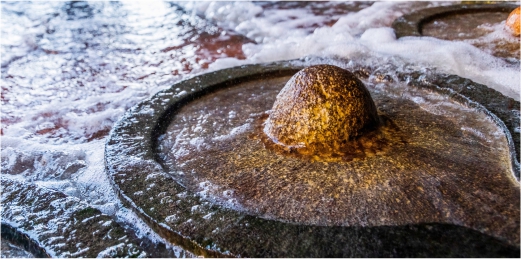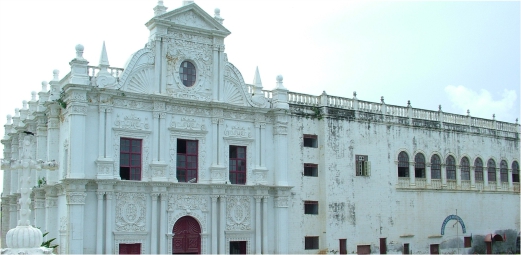Diu, Gujarat
Been there recently?
Diu, an island located off the coast of Gujarat’s Junagadh district, is part of the Union Territory named Dadra and Nagar Haveli and Daman and Diu. The island still has the colonial hangover of the past and hangs on to its Portuguese monuments and structures. With beaches all over and a thickly forested hilly area in the centre, the island is a great location to spend some time away from crowded tourist spots, especially the beaches. There are about 4 tranquil beach stretches on the island frequented by tourists for the white sand and shallow waves. Diu has enough surprises tucked in, that would keep the tourists occupied. The island had a bloody history and was the bone of contention for a long time between the Portuguese, Gujarat Sultans, the Dutch and many other foreign forces before the Portuguese finally prevailed. Diu is about 150 kilometres from Junagadh and 90 kilometres from Veraval, where major long-route trains stop. The nearest rail link is at Delvada, 10 kns away. Diu has an airport with a direct flight from Mumbai.

Nearby Places to See
Panikotha Fort
This small fort is in the middle of the sea at the mouth of the creek, built with the intention of keeping a watch on the invaders and served as an entry point to the merchant ships. The Gujarat Sultanate rulers built this fort. During later years as the Portuguese took control of the region, they further fortified the structure. Fort is reached by motorboats from the jetty nearby. The illuminated fort looks pretty during the night.
This small fort is in the middle of the sea at the mouth of the creek, built with the intention of keeping a watch on the invaders and served as an entry point to the merchant ships. The Gujarat Sultanate rulers built this fort. During later years as the Portuguese took control of the region, they further fortified the structure. Fort is reached by motorboats from the jetty nearby. The illuminated fort looks pretty during the night.


Gangeshwar Mahadev Temple
Located very close to the sea, the ocean waters splash over the Shivalingas of the temple. The five Shivalingas are only visible during low tide and remain submerged during high tide. Being an ancient religious place, it is the most visited place on the island.
Located very close to the sea, the ocean waters splash over the Shivalingas of the temple. The five Shivalingas are only visible during low tide and remain submerged during high tide. Being an ancient religious place, it is the most visited place on the island.
Seashell Museum
Located near the airport, it is a private museum. The owner has a commendable array of seashell collections that would amaze visitors.
Located near the airport, it is a private museum. The owner has a commendable array of seashell collections that would amaze visitors.
Diu Fort
Built in 1535 by the Portuguese, it is the main landmark of the island. Overlooking the sea and the Panikotha fort, it has sea on three sides, whereas a small canal is seen on the fourth side. The fort covers an area of 5.6 hectares and is full of Portuguese structures and two lighthouses.
Built in 1535 by the Portuguese, it is the main landmark of the island. Overlooking the sea and the Panikotha fort, it has sea on three sides, whereas a small canal is seen on the fourth side. The fort covers an area of 5.6 hectares and is full of Portuguese structures and two lighthouses.


Beaches
Chakrateerth, Gomtimatha, Jallandhar and Nagoa are the main beaches of the island visited by the tourists. Nagoa is the most popular beach among the four named. It is to be noted that every beach has a Devi temple.
Chakrateerth, Gomtimatha, Jallandhar and Nagoa are the main beaches of the island visited by the tourists. Nagoa is the most popular beach among the four named. It is to be noted that every beach has a Devi temple.

Churches
There are three churches on the island built by the Portuguese. St. Francis of Assissi Church built in 1593, St. Thomas church built in 1598 and the St. Paul Church built in 1601, are more of heritage structures now. One of these churches is now converted into a museum.
There are three churches on the island built by the Portuguese. St. Francis of Assissi Church built in 1593, St. Thomas church built in 1598 and the St. Paul Church built in 1601, are more of heritage structures now. One of these churches is now converted into a museum.



-
Destination



